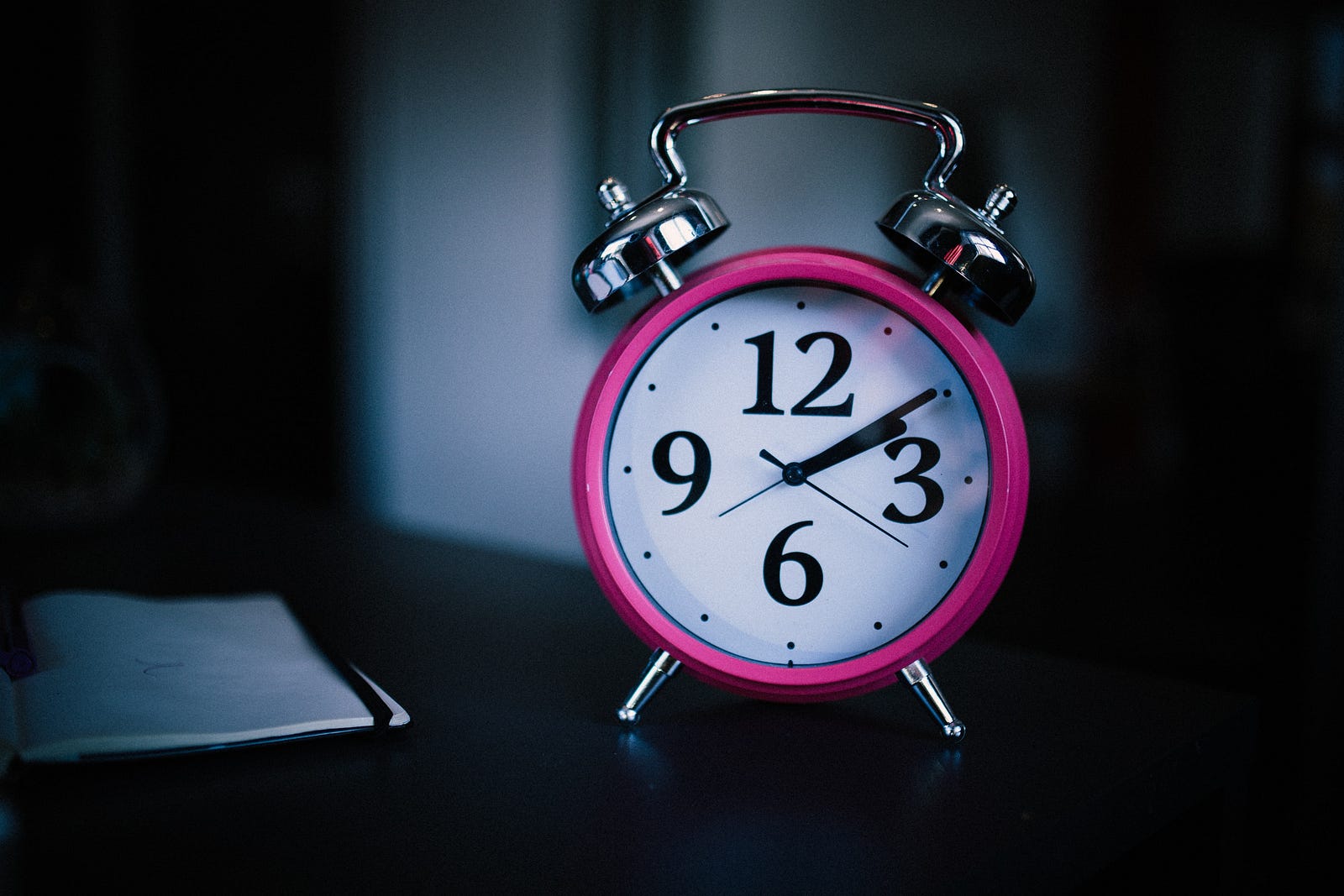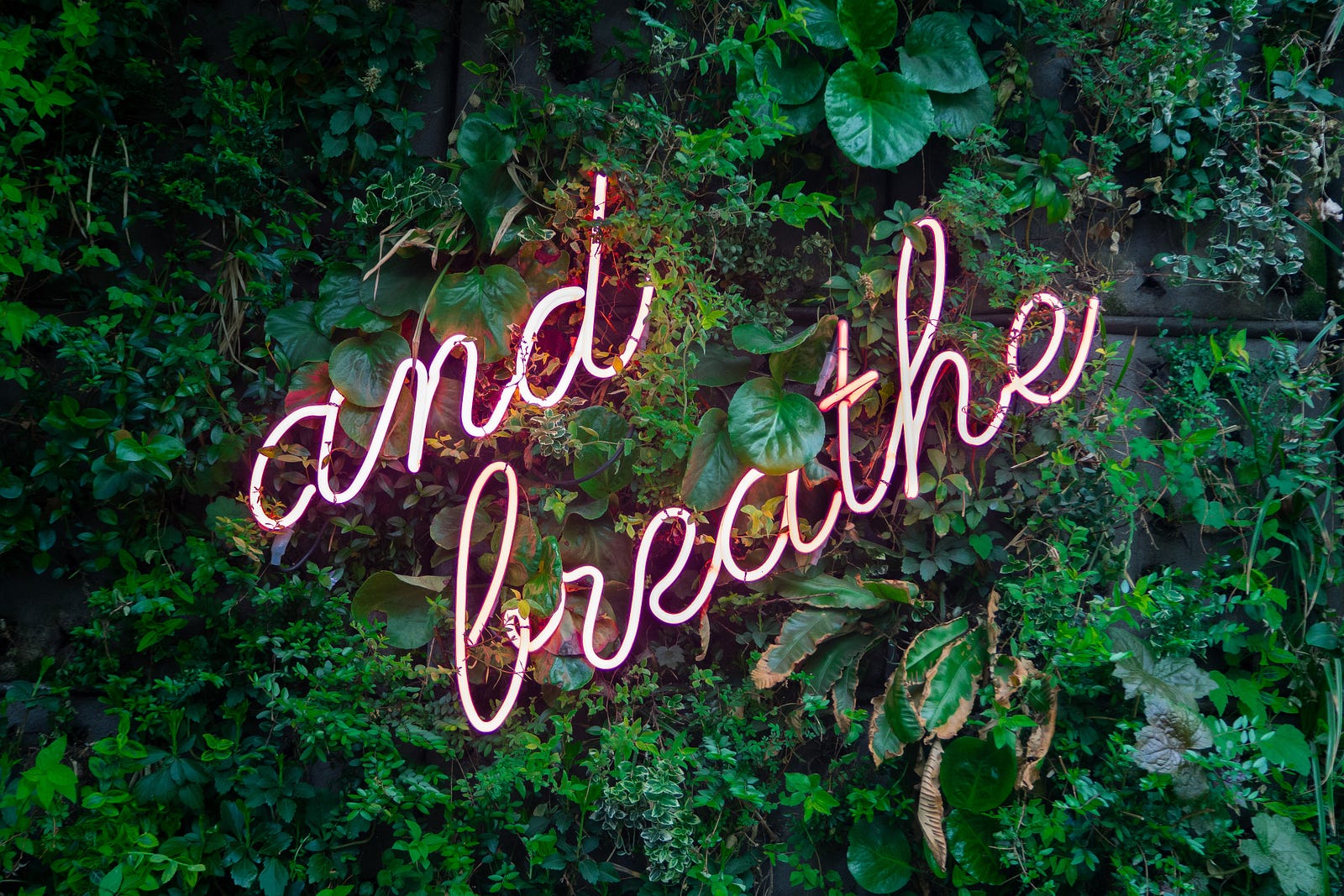GETTING SUFFICIENT SLEEP IS ONE OF MY BIGGEST objectives, especially as I ramp up to my first bodybuilding competition. Fortunately, some mental tricks can facilitate falling asleep faster. Today, I want to offer 5 tips to sleep faster.
We will explore how you can use visualization exercises, better sleep hygiene, and relaxation techniques that may help you fall asleep faster.
“You have wakened not out of sleep, but into a prior dream, and that dream lies within another, and so on, to infinity, which is the number of grains of sand. The path that you are to take is endless, and you will die before you have truly awakened.” ― Jorge Luis Borges.
1. Get to Sleep Fast, The Military Way
First, the so-called military method to fall asleep faster. I learned about the approach from Medium.com writer Sharon Ackman.
Looking further back, Lloyd Bud Winter’s 1981 book “Relax and Win: Championship Performance” explains the relaxation technique he developed to help U.S. Navy preflight school airmen fall asleep in two minutes. Sleep deprivation and stress impacted their decision-making.
Pilots needed six weeks of practice, but apparently, 96 percent of them succeeded in getting to sleep quickly (even after consuming coffee and with the sounds of gunfire around them).
Full disclosure: I could not find scientific studies validating these claims. But I tried the approach, and it worked for me. Anecdotal evidence, but I want to share the technique with you.

The military method — details
- Relax your face, including the muscles inside your mouth.
- Drop your shoulders to release tension. Let your hands drop to the side of your body.
- Exhale, relaxing your chest.
- Relax your entire legs.
- Clear your mind for ten seconds by imagining a relaxing scene.
- If this doesn’t work, repeatedly say “don’t think” for ten seconds.
If all goes well, you will be asleep within ten seconds.
2. Try 4–7–8 Breathing
Dr. Andrew Weil is a pioneer integrative medicine doctor. He developed this breathing method based on pranayama exercises. The more you practice the approach, the more likely you will go to sleep quickly.
Let’s get right to the Weil method:
https://newcancerinfo.com/media/79e9ba47aebe3545734cf4fb87b21fc1
To prepare, place your tongue tip against the roof of your mouth, behind your two front teeth. Keep your tongue there throughout the exercise, and purse your lips if you need to.
- Part your lips slightly and make a whooshing sound as you exhale through your mouth.
- Close your lips and inhale silently through your nose. Count to four silently.
- Hold your breath for 7 seconds. This breath-holding is the most important part of the practice.
- Exhale (with a whoosh sound) for 8 seconds.
When you breathe in again, a new cycle begins. Do four full cycles. However, let your body sleep if you feel relaxation sooner.
For me, with practice, the technique had increasing effectiveness. Of course, those with a respiratory condition (for example, COPD) should speak with a healthcare professional before trying this method.
3. Consider Visualization
Visualization can be a powerful sleep aid. Imagine a calm spot in your mind. Populate it with specific colors, sounds, and objects.
If you visualize in great detail, you should be better able to push away unwelcome thoughts.
Having trouble populating your mind’s eye scene? You might want to ask yourself specific questions. For example, “Do I smell the ocean in the air?” or “What does my skin experience as the Hawaii sun strikes it?”
4. Try Telling Yourself to Stay Awake
Trying to fall asleep might increase sleep performance anxiety if you have insomnia. To deal with this problem, you might want to stay awake in bed intentionally.
This so-called paradoxical intention may help you to drop sleep performance anxiety. Moreover, you may increase the perception of feeling well-rested upon awakening.
A review of ten clinical trials suggests the following:
Paradoxical intention (PI) may help reduce sleep performance anxiety and increase the perception of feeling well-rested after sleep.
I tried to stay awake in bed intentionally. The method had some value, but less than the first three we discussed. Moreover, I could find only limited research to support its effectiveness. Still, the paradoxical intention approach may help if you have sleep performance anxiety.
5. Consider Controlled Deep Breathing
Deep breathing is a go-to method for me. It allows me to calm my mind and body. I sometimes prefer to do a sleep-promoting activity before getting into bed. Alternatively, I may use controlled deep breathing if I awaken in the middle of the night.
By altering my breath’s rhythm, I slow my heart rate, drop my blood pressure, and stimulate my body’s “rest and digest” or parasympathetic system. By doing so, I can put anxiety aside.

There are several approaches to deep breathing. One easy one for me is diaphragmatic breathing. Here’s what I do:
I focus on diaphragmatic (belly) breathing, relaxing my diaphragm. Then, I take a deep breath, counting slowly to six. Next, I use my hand to feel my abdomen rise as it fills with air. I count to six again as my breath slowly escapes. I am for soft inhales that are silent. My exhalations are gentle sighs.
While my mind inevitably drifts, I focus on following the air’s path as it traverses through my nose, down my main air pipe, and into my lungs.
With diaphragmatic breathing, you may improve your ability to keep your attention sustained. In addition, you might have a better sense of well-being. Finally, your stress hormone (cortisol) levels may drop.
Sleeping Better
The five techniques for faster sleep may help, but you increase your chances for success by optimizing your sleep hygiene. Let’s end with some tips:
- Create a bedtime routine with a consistent sleep-wake schedule.
- Eat your last meal at least three hours before going to bed.
- Create a sleep-promoting environment, including minimizing blue light exposure. Turn off mobile phones, computers, and television at least 45 minutes before bedtime.
- Keep your room cool and dark.
- Exercise can facilitate better sleep, but avoid significant physical activity in the five to six hours before you are ready to sleep.
If you cannot fall asleep quickly after trying these approaches, please speak with a healthcare provider about any underlying factors. I hope these tips help you get some zzzs.
Join Medium with my referral link – Michael Hunter, M.D.
medium.com
Get an email whenever Dr. Michael Hunter publishes.
drmichaelhunter.medium.com
The information I provided in this blog is for educational purposes only and does not substitute for professional medical advice. Please consult a medical professional or healthcare provider for medical advice, diagnoses, or treatment. I am not liable for risks or issues associated with using or acting upon the information in this blog.
Thank you for reading “5 Tips To Fall Asleep Faster.”




